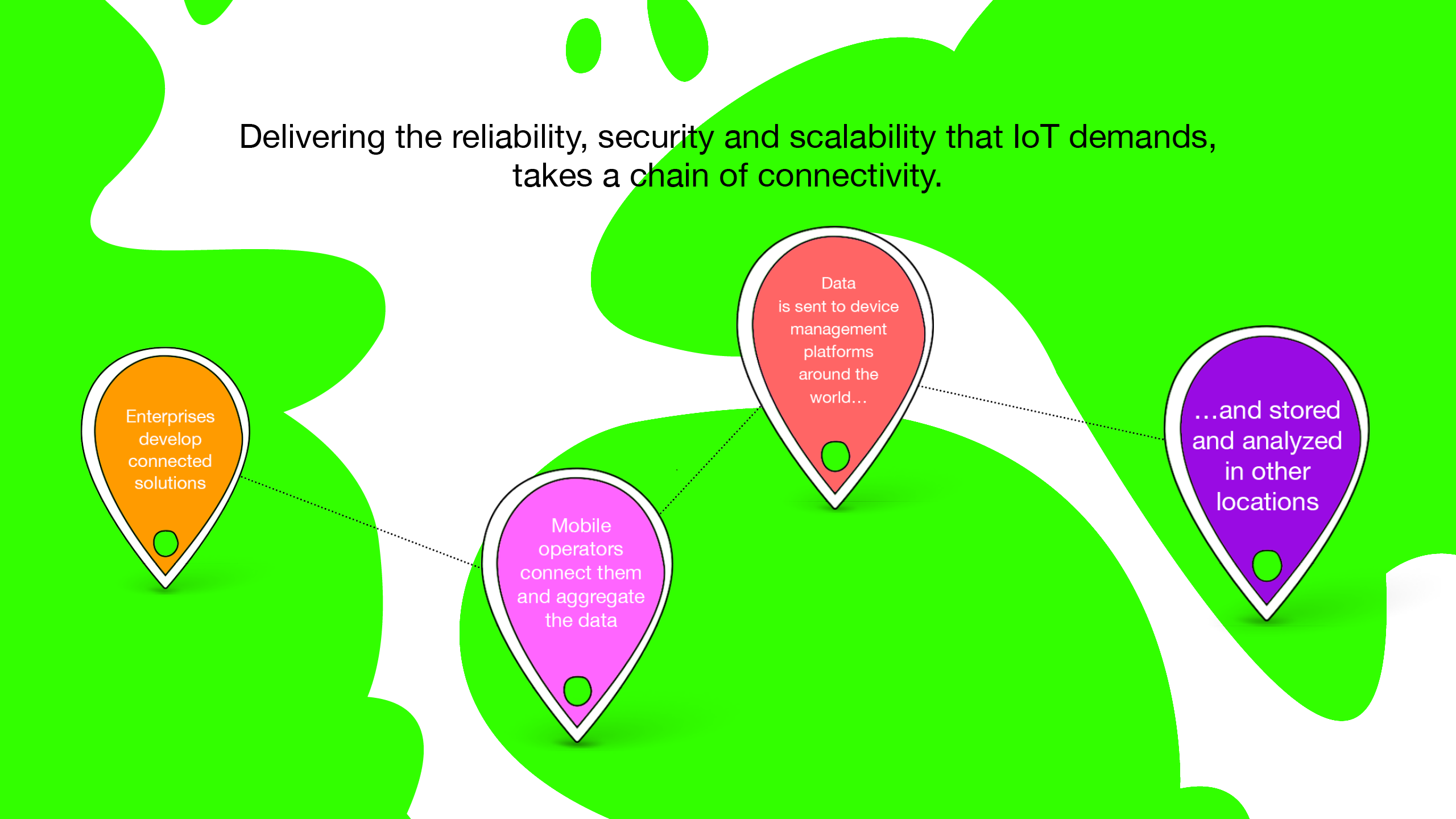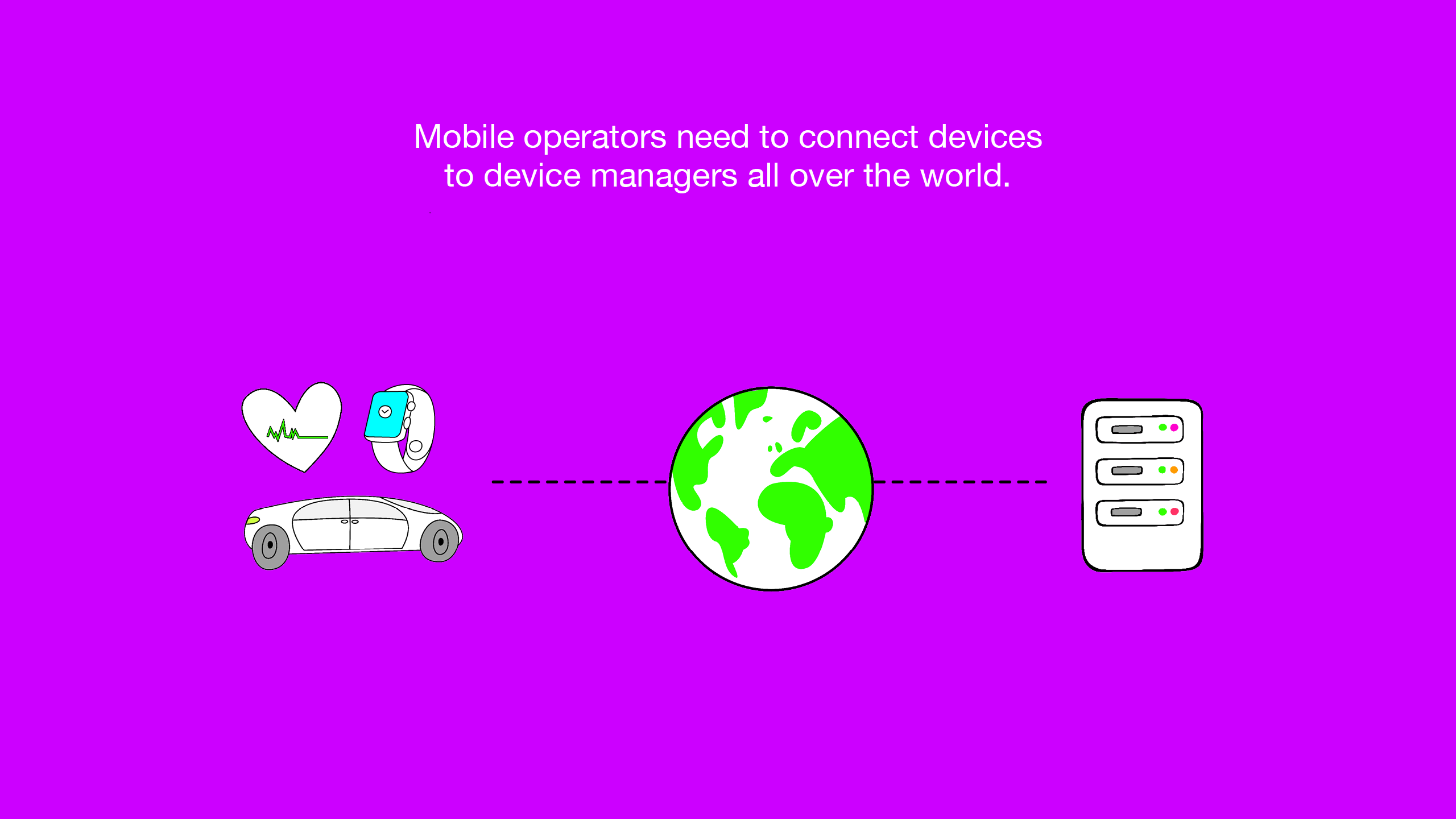The possibilities that the Internet of Things offers are endless, but so are the potential consequences. As IoT applications become more life critical, the ability to effectively manage the resulting data traffic becomes paramount – especially when your customers’ brands rely on it. Recent surveys have reported that the number of connected “things” is set to reach anywhere from 20 to 75 billion by 2020.
While growth metrics continue to rise, the reality is that the benefits offered by IoT cannot be fully realised without a robust backend infrastructure that is capable of handling the inevitable onslaught of traffic produced by IoT. From the mobile operator’s perspective this is a huge revenue opportunity, if not technologically overwhelming, says Matthew Jones, head of Mobile Solutions & UK Country manager at Telia Carrier.
The terabits of data produced by billions of connected devices needs to be transmitted through and across networks, but the reality is that this massive transit of data comes at a cost. When data transits between networks, you lose visibility, reliability and security. This is an operator’s nightmare as the performance of their network and the satisfaction of their customers is at stake.
So how will mobile operators be able to ensure end-to-end quality while maintaining end-to-end control with their existing network? The answer is, they can’t. Operators’ network technologies are simply not capable of working at the scale or complexity of IoT data flows while maintaining the quality of service that customers have come to expect.
There is, however, another option. Instead of using traditional IP networks for IoT traffic, why not dedicate a separate network to it? An Internet FOR Things not only allows mobile operators to keep their customers’ IoT traffic separate from the public internet, thus ensuring its privacy and their customers’ reputations, but it also promises reduced downtime and a single point of accountability. This security remains in place no matter how far data has to travel. Whether it’s between devices in a single factory or across oceans, the data remains safe and secure.
The ability for IoT traffic to travel across greater distances without sacrificing quality is paramount in our globalised economy. With a predicted economic impact in the trillions of dollars, IoT has become an international technological phenomenon with global influence. As such, any network option used to transit IoT data needs to provide global reach.
A dedicated IoT network offers operators the ability to effectively manage “cross-border” data flows, allowing enterprises to reach customers around the world. Operators are also empowered to create alliances and global connectivity solutions across the growing ecosystem.
While “smart” connected devices make up a small facet of the technology, the IoT ecosystem has quickly grown to include everything from device manufacturers and management platforms, to integrators and cloud storage providers. Each of these companies rely on their network operators to provide top-tier connectivity, without sacrificing security or latency. With a dedicated IoT network, operators are able to connect enterprise customers directly to device management platforms and scale their network to accommodate any size data flow in real time.
IoT on that scale requires a level of connectivity that is not attainable with conventional IP networks. A dedicated “Internet for Things” delivers the control and reliability required for critical IoT traffic, while providing customers with the peace of mind that comes with knowing their data is safe and secure.
The author of this blog is Matthew Jones, head of Mobile Solutions & UK Country manager at Telia Carrier.
Comment on this article below or via Twitter: @IoTNow_ OR @jcIoTnow












